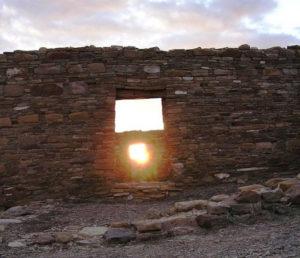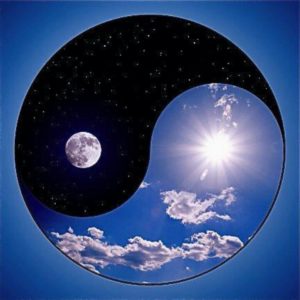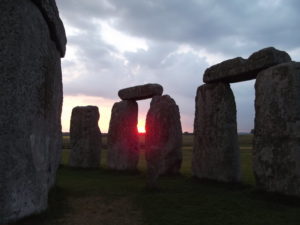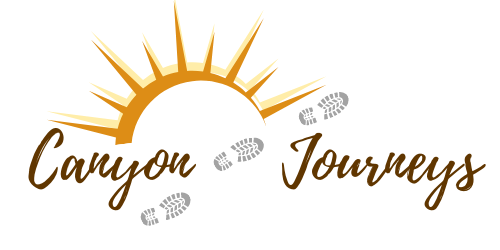The ancient people’s of the world tracked the sun across the sky marking its northern and southern most points in addition to the equinox With this information they could accurately predict seasons, dates, weather and used this information to build calendars and maintain more complex life cycles.

Photo Credit; National Park Service
What Was the Significance
So, what did the equinox mean to ancient people? In ancient India, the spring equinox was considered to be the
One intent of tracking may simply have been to track the passing of time in years. Additionally, knowing what time of year it was would have had agricultural significance for planting, when to travel, when to conduct ceremonies, etc. Tracking the movement of the sun would also allow groups of peoples to disperse and meet again at a future specified time.
People would have used these dating methods in the same way we
A Time of Balance

The equinox was also seen as a time of balance. Of equal day and equal night. The mid point between deep winter and high summer. It was also regarded as a time of life and birth in the spring, and death and darkness in the fall.
On the day of equinox the ancient people could look in the sky and see 4 equal quadrants drawn by the sun and its track across the sky from east to west. North to south being highlighted with the noon day sun as it intersected the center of the cardinal points. Many cultures used these cardinal
Historical Astronomical Sites

Photo Credit- www.StonehengeTours.com
With many reasons for tracking the sun and its patterns, it is no wonder that we see many ancient sites that contain solar alignments in the world. There are major megalithic monuments found in Europe (Stonehenge) and Ireland (Newgrange), the Medeteranian (Göbekli Tepe in Turkey), India (Zorats Karer) Northern Africa (Egyptian temples and pyramids). We also find megalithing monuments in the United States in New England at Mystery Hill, in the central US with the Mound Builders, the Ancient Puebloan culture of the Colorado Plateau, and Mexico and Central America with the Mayans and Aztec cultures. It is no wonder that in the secluded canyons and waterways of southeast Colorado and the Oklahoma Panhandle also contain equinox markers and solar alignments. One such sight is Crack Cave in Picture Canyon.
Lets take a closer look at Crack Cave in Picture Canyon.
References
Alessandro De Lorenzis, Vincenzo Orofino, New Possible Astronomic Alignments at the Megalithic Site of Göbekli Tepe, Turkey, c. 2015
Scientists Discover that Megalithic Site in India is Oldest Ancient Observatory in South Asia, https://www.ancient-origins.net/news-history-archaeology/scientists-discover-megalithic-site-india-oldest-ancient-observatory-south-021042
David Goudsward, Robert E Stone, America’s Stonehenge, c.2003
Robert H. Lister, Florence C. Lister, Chaco Canyon Archaeology and Archaeologists, c. 1981
Bill McGlone, Phil Leonard, Ted Barker, Archaeoastronomy of Southeast Colorado and the Oklahoma Pandhandle, c. 1999
